Functional Reactive Programming (FRP) is a programming paradigm that has gained popularity among iOS developers due to its ability to handle asynchronous events and its emphasis on immutability, composability, and purity. FRP allows iOS developers to write clean, maintainable code that is easy to understand and to scale.
In traditional iOS development, handling asynchronous events can be complex and error-prone. For example, updating the user interface in response to a network request can be difficult to manage in an imperative programming style. In FRP, we represent asynchronous events as streams, and we use functional operations to manipulate these streams. This makes it easier to manage asynchronous events, and to avoid the kind of bugs that can arise when dealing with asynchronous events in imperative programming.
Another advantage of FRP is that it emphasizes immutability, which is a key feature of Swift. In FRP, we treat values as streams that change over time. This makes it easier to reason about how values change over time, and to avoid the kind of bugs that can arise when dealing with mutable state in imperative programming.
FRP also makes it easier to build responsive user interfaces. User interfaces are often event-driven, with many different events happening simultaneously. In traditional iOS development, it can be difficult to manage these events, especially when multiple events are happening at the same time. In FRP, we can represent these events as streams, and we can use functional operations to combine and manipulate these streams. This makes it easier to build responsive user interfaces that react to events in real-time.
There are several FRP libraries available for iOS development, including ReactiveSwift and RxSwift. These libraries provide a set of functional operations for working with streams, and they make it easier to write code that is concise, composable, and easy to understand. For example, ReactiveSwift provides functional operations like map, filter, and reduce, which make it easy to manipulate streams of data. RxSwift provides a similar set of functional operations, and it also provides a convenient syntax for working with streams.
One of the key advantages of using an FRP library is that it makes it easier to write clean, maintainable code. In traditional iOS development, it can be difficult to manage the complexity of asynchronous events, especially when multiple events are happening at the same time. In FRP, we can represent these events as streams, and we can use functional operations to combine and manipulate these streams. This makes it easier to manage the complexity of asynchronous events, and to write code that is easy to understand and to maintain.
Another advantage of using an FRP library is that it makes it easier to write code that is scalable. Reactive programming is designed to handle large amounts of data, and FRP extends this capability to the realm of functional programming. This makes it easier to build scalable applications that can handle large amounts of data, and that can be easily maintained and extended over time.
In conclusion, FRP is a powerful programming paradigm that is well-suited for iOS development. It makes it easier to handle asynchronous events, to build responsive user interfaces, to write clean, maintainable code, and to build scalable applications. If you’re an iOS developer looking for a way to build robust, scalable, and responsive applications, then Functional Reactive Programming is definitely worth considering. With the help of libraries like ReactiveSwift and RxSwift, you can start incorporating FRP into your iOS development workflow today
Some samples and best practise for Functional Reactive Programming
Here is asimple example of using the ReactiveSwift library to perform a network request and update the user interface in response.
import ReactiveSwift
import Result
import UIKit
class ViewController: UIViewController {
@IBOutlet weak var label: UILabel!
override func viewDidLoad() {
super.viewDidLoad()
// Create a SignalProducer that performs a network request
let producer = SignalProducer { observer, lifetime in
let request = URLRequest(url: URL(string: "https://example.com/data")!)
URLSession.shared.dataTask(with: request) { data, response, error in
if let error = error {
observer.send(error: error)
} else {
guard let data = data,
let string = String(data: data, encoding: .utf8) else {
observer.send(error: NSError(domain: "", code: 0, userInfo: nil))
return
}
observer.send(value: string)
observer.sendCompleted()
}
}.resume()
}
// Use the SignalProducer to update the label with the response
producer
.startWithResult { result in
switch result {
case let .success(value):
DispatchQueue.main.async {
self.label.text = value
}
case let .failure(error):
print(error)
}
}
}
}
In this example, we create a SignalProducer that performs a network request using URLSession. The SignalProducer is started using the startWithResult method, which takes a closure that is called with the result of the network request. If the request is successful, the closure updates the label with the response. If the request fails, the closure prints the error.
This is a simple example of how FRP can make it easier to handle asynchronous events and update the user interface. By representing the network request as a SignalProducer, we can manipulate the response using functional operations, making it easier to manage the complexity of the asynchronous event.
Here are some best practices for using FRP in iOS and Swift development:
Represent values that change over time as streams: Use Signal or SignalProducer to represent values that change over time, and use functional operations to manipulate these streams.
Emphasize immutability: Use let instead of var when possible, and avoid using mutable state as much as possible. This will make your code easier to understand and maintain.
Write composable code: Use functional operations like map, filter, and reduce to write code that is easy to understand and to maintain.
Use error handling: Use Result or Try to handle errors in a functional way. This will make your code easier to understand and to maintain.
Test your code: Use unit tests to verify that your code works as expected. FRP makes it easier to write testable code, so take advantage of this by writing tests for your code.
These are just a few best practices for using FRP in iOS and Swift development.
Happy reading


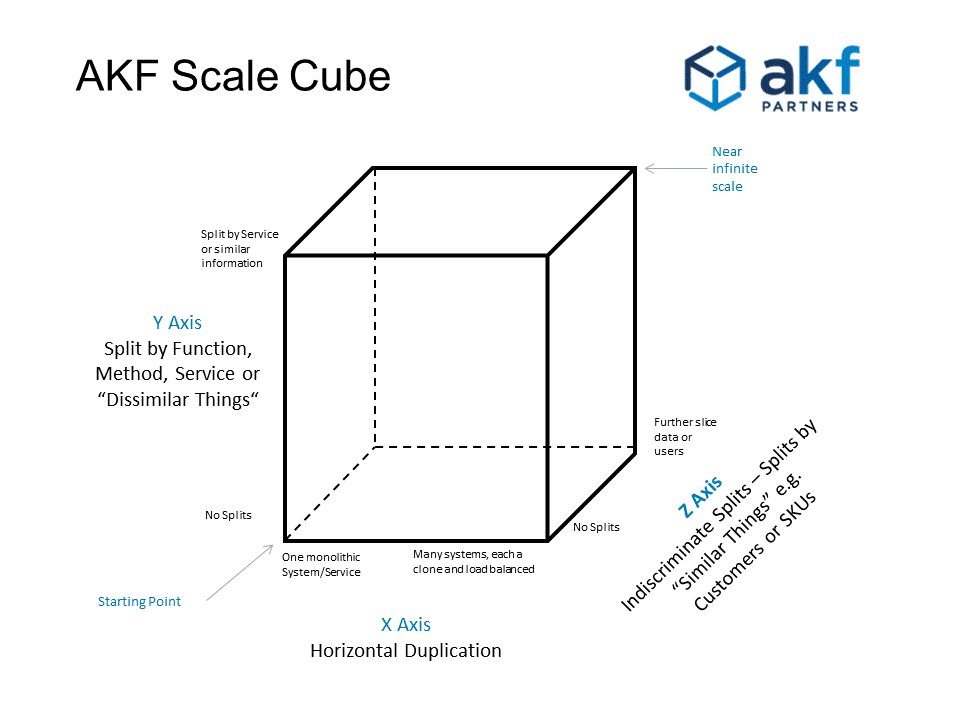
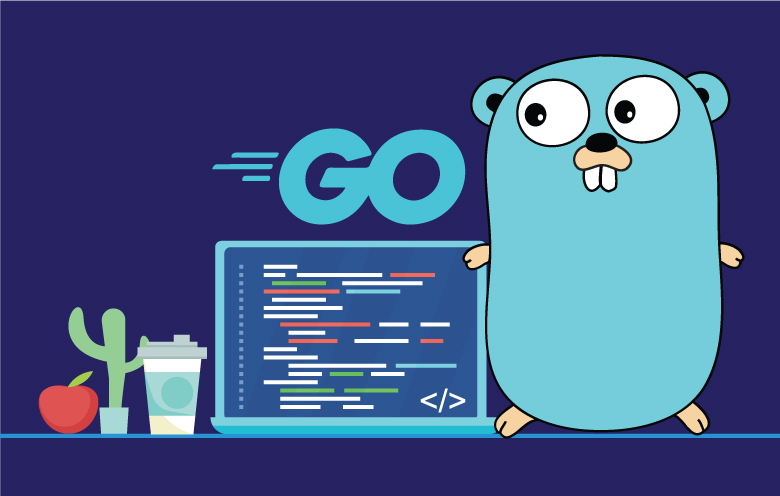

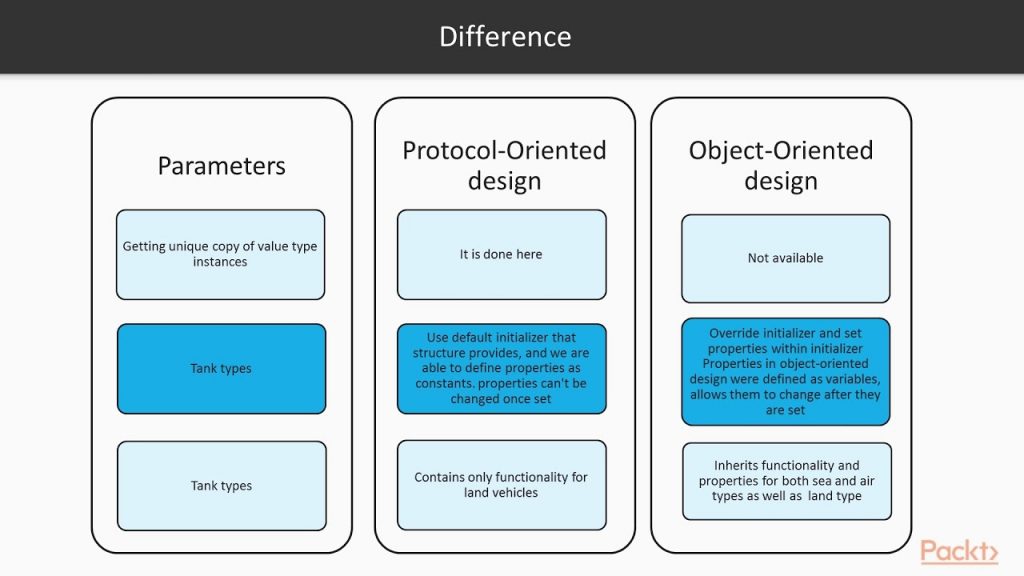
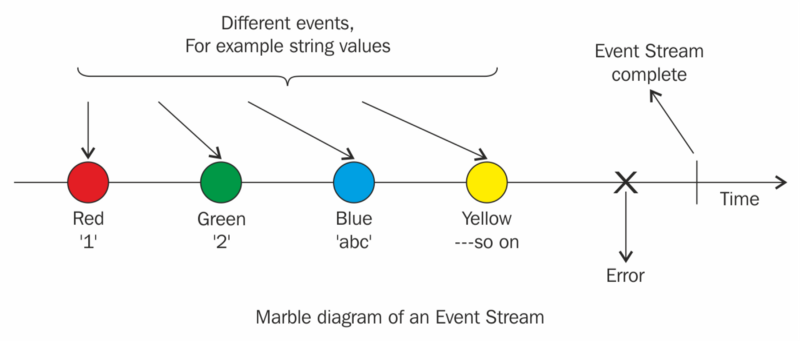
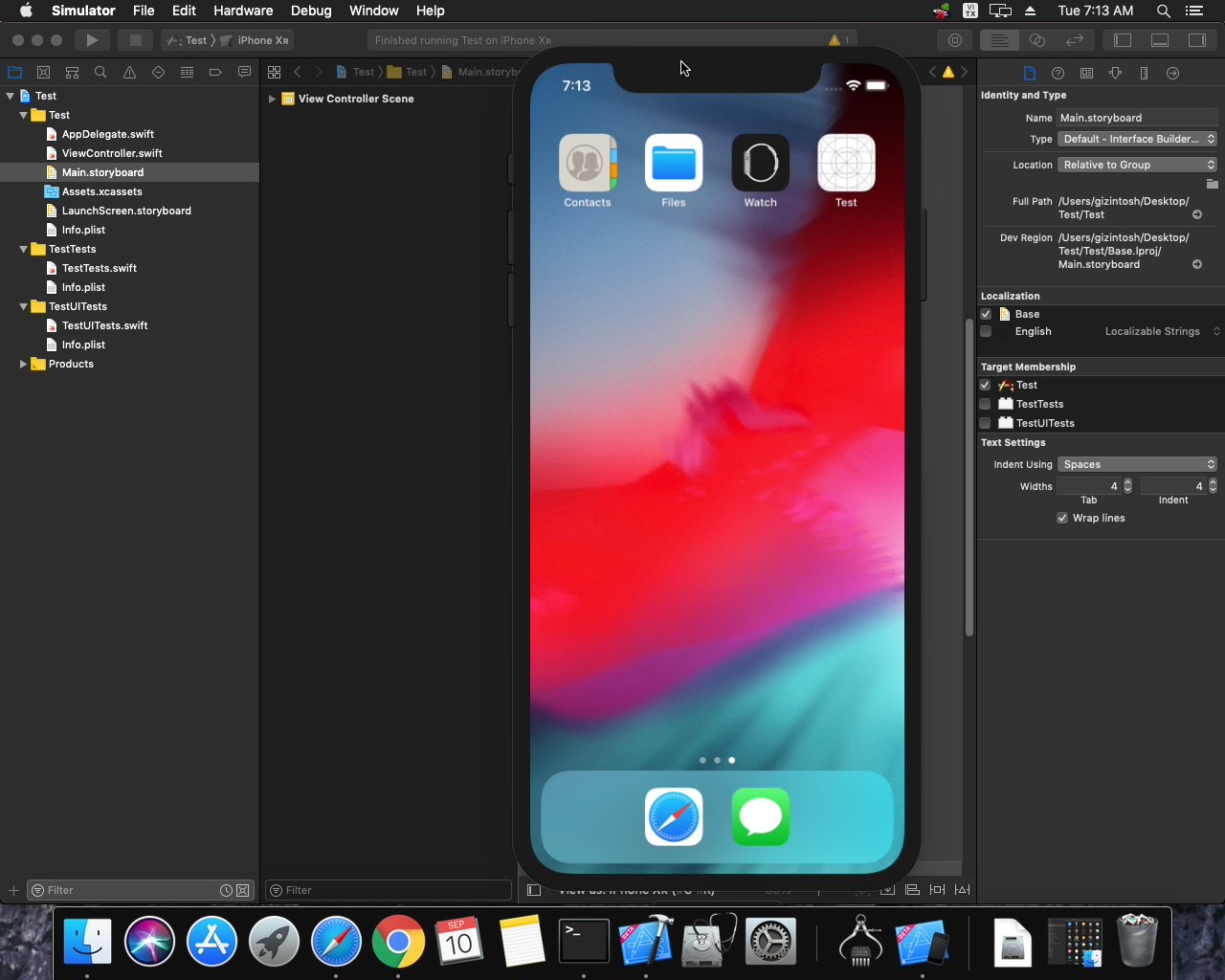
 Khoá học lập trình game con rắn cho trẻ em
Khoá học lập trình game con rắn cho trẻ em 


